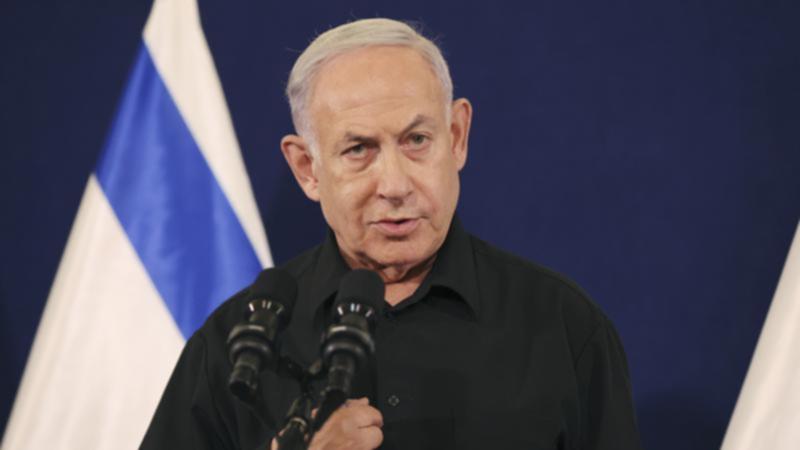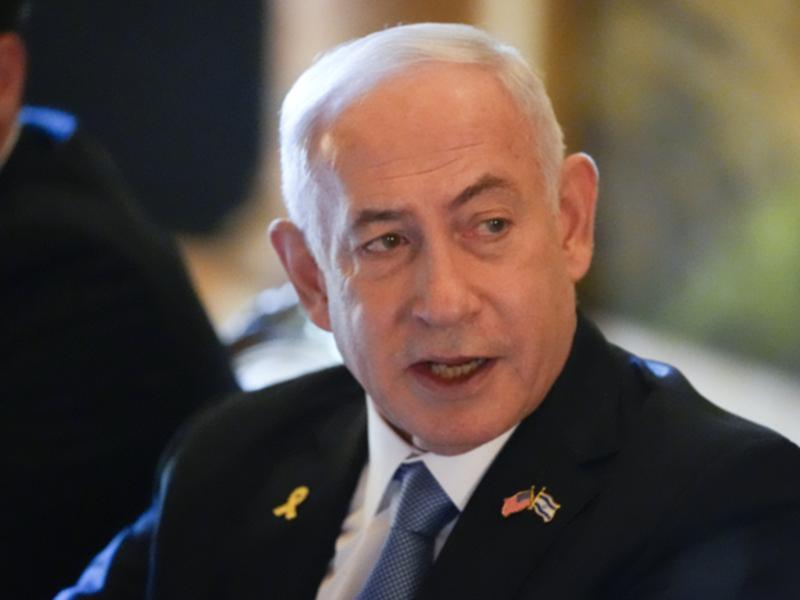THE NEW YORK TIMES: Israel was less flexible in recent Gaza cease-fire talks, documents show

For weeks, Prime Minister Benjamin Netanyahu of Israel has denied that he is trying to block a cease-fire deal in the Gaza Strip by hardening Israel’s negotiating position.
Netanyahu has consistently placed all blame for the deadlocked negotiations on Hamas, even as senior members of the Israeli security establishment accused him of slowing the process himself.
But in private, Netanyahu has, in fact, added new conditions to Israel’s demands, additions that his own negotiators fear have created extra obstacles to a deal. According to unpublished documents reviewed by The New York Times that detail Israel’s negotiating positions, Israel relayed a list of new stipulations in late July to American, Egyptian and Qatari mediators that added less flexible conditions to a set of principles it had made in late May.
Sign up to The Nightly's newsletters.
Get the first look at the digital newspaper, curated daily stories and breaking headlines delivered to your inbox.
By continuing you agree to our Terms and Privacy Policy.Doubts have also been raised about Hamas’ willingness to compromise on key issues, and the group also requested its own extensive revisions throughout the process, while ceding some smaller points in July. But the documents reviewed by the Times make clear that the behind-the-scenes maneuvering by the Netanyahu government has been extensive — and suggest that agreement may be elusive at a new round of negotiations set to begin Thursday.
Among other conditions, the latest document, presented to mediators shortly before a summit in Rome on July 28, suggested that Israeli forces should remain in control of Gaza’s southern border, a detail that was not included in Israel’s proposal in May. It also showed less flexibility about allowing displaced Palestinians to return to their homes in northern Gaza once fighting is halted.
Some members of the Israeli negotiating team fear that the new additions risked scuppering the deal, according to two senior officials who spoke on the condition of anonymity because they were not authorized to speak to the press.
The Times reviewed the documents and confirmed their authenticity with officials from Israel and other parties involved in the negotiations.
For months, Israel and Hamas have held indirect negotiations, mediated by Egypt, Qatar and the United States, to halt the fighting in Gaza; free the remaining hostages captured by Hamas at the start of the war; and release hundreds of Palestinians held by Israel.
While Hamas has also proved intransigent, Netanyahu’s Israeli critics partly blame the prime minister for the deadlock because his new conditions risk derailing the talks at a time when a deal appears within reach. Some have argued that he is prioritizing the stability of his coalition government above the freedom of the hostages: His small majority in parliament depends on several far-right lawmakers who have conditioned their support for his government on the prevention of a cease-fire.
In a statement for this article, Netanyahu’s office, which did not dispute the authenticity of the documents, denied that he had added new conditions and said that the prime minister had instead sought to clarify ambiguities in Israel’s May proposal, making it easier to put into effect.
“The July 27 letter does not introduce new terms,” the statement said. “To the contrary, it includes essential clarifications to help implement the May 27 proposal.”
“Hamas is the one that demanded 29 changes to the May 27 proposal, something the prime minister refused to do,” the statement added.

The statement echoed similar comments from Netanyahu and his office in recent weeks; on Monday, it released a statement saying that Yahya Sinwar, Hamas’ leader, “has been — and remains — the only obstacle to a hostage deal.”
At a meeting on Aug. 4 with Cabinet ministers, Netanyahu said Israel had “not added even a single demand to the outline” and that “it is Hamas which has demanded to add dozens of changes.”
Yet, in a letter to mediators on July 27, the Israeli negotiation team added five new qualifications to the outline of a deal that it had proposed exactly two months earlier, on May 27.
One of the most contentious additions was the inclusion of a map indicating that Israel would remain in control of the border between Gaza and Egypt, an area known as the Philadelphi Corridor.
By contrast, Israel’s proposal in May had suggested that troops would leave the border zone. It pledged the “withdrawal of Israeli forces eastwards away from densely populated areas along the borders in all areas of the Gaza Strip.”
A second key point of contention adds new complexity to the way in which displaced Palestinians would return to their homes in northern Gaza during a cease-fire.
For months, Israel said it would agree to a cease-fire only if its soldiers could screen the returning Palestinians for weapons as they moved from southern to northern Gaza.

Then, in its May proposal, Israel softened that demand. While its position paper still stated that the returnees should not be “carrying arms while returning,” it removed the explicit requirement that Israeli forces screen them for weapons. That made the policy seem more symbolic than enforceable, prompting Hamas to agree to it.
Israel’s July letter revived the question of enforcement, stating that the screening of people returning to the north would need to be “implemented in an agreed upon manner.”
Netanyahu’s office said there was no contradiction between the two positions, saying that the second one made the first one easier to carry out. “The letter not only does not contradict the May 27 proposal, it facilitates it,” the statement said.
In recent weeks, Netanyahu has suggested that it is reasonable for Israel to seek to prevent Hamas from rebuilding its military strongholds in northern Gaza.
Hamas is “unprepared to allow any mechanism to check for and prevent the passage of munitions and terrorists to the northern Gaza Strip,” Netanyahu said on Aug. 4. “It is doing all this because it wants to recover and rebuild, and return again and again to the massacre of Oct. 7.”
Senior Israeli officials familiar with the latest negotiations, as well as leaders in Israel’s security forces, agree in principle with Netanyahu that it would be better to maintain checkpoints to screen people for weapons. But they also believe that it is not worth holding up a deal over this point, and want Netanyahu to back down before the planned meeting Thursday, so hostages can be freed as quickly as possible, the senior officials said.
This article originally appeared in The New York Times.
© 2024 The New York Times Company
Originally published on The New York Times
